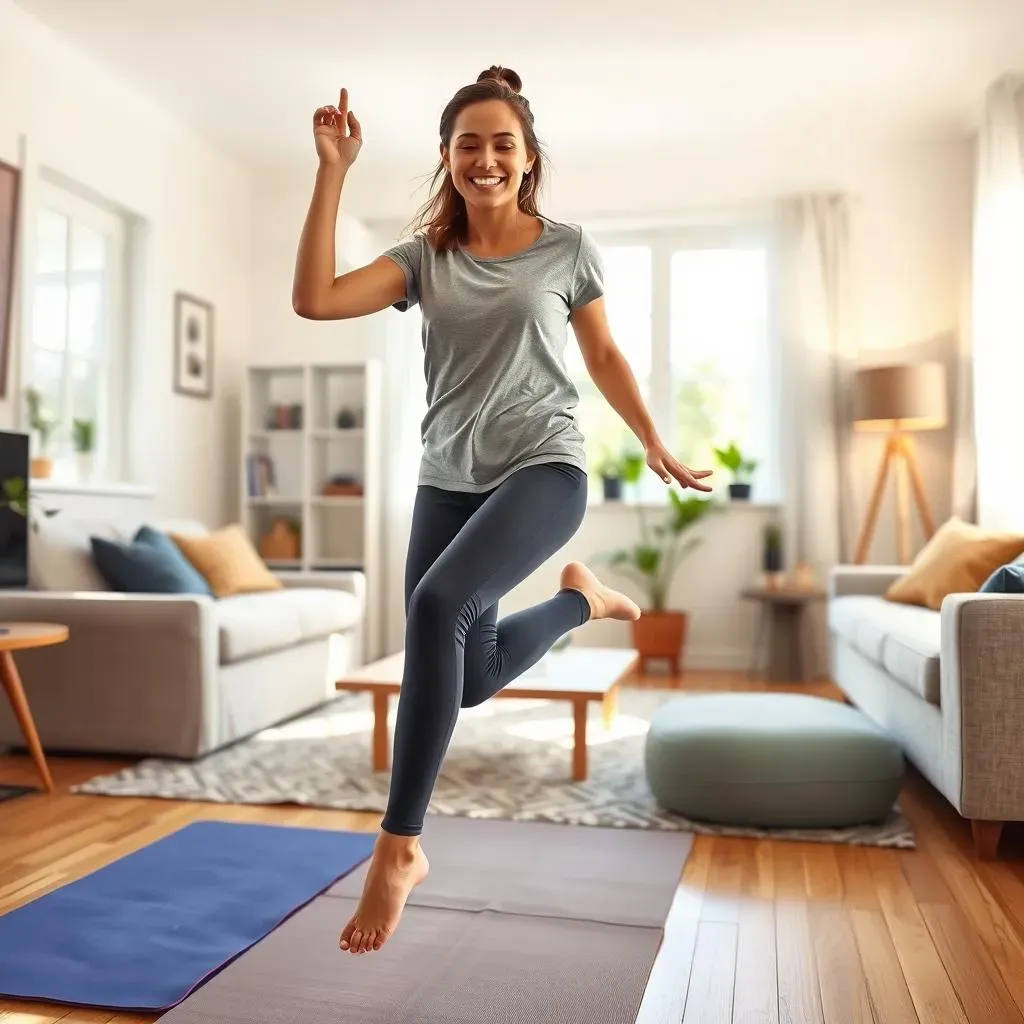Table of Contents
Let's cut the fluff. You're probably scrolling because the gym feels like a whole production, or maybe you just don't have hours to spend sweating daily. Maybe you've heard the hype about High-Intensity Interval Training (HIIT) but picture complicated routines and fancy equipment. Forget that. What if you could get a serious workout done in under 30 minutes, right in your living room, with zero gear? That's exactly what a beginner at home HIIT workout offers. It's not about endless reps or complex choreography; it's about short bursts of effort followed by short rests. Think getting more bang for your buck when it comes to your time and sweat equity. We're going to dive into why this actually works, what minimal stuff you *might* find useful (but probably already own), how to build your very first routine without feeling overwhelmed, and how to keep it interesting once you've got the hang of it. No judgment, just practical steps to get you moving effectively, right where you are.
Why Bother with a Beginner at Home HIIT Workout Anyway?
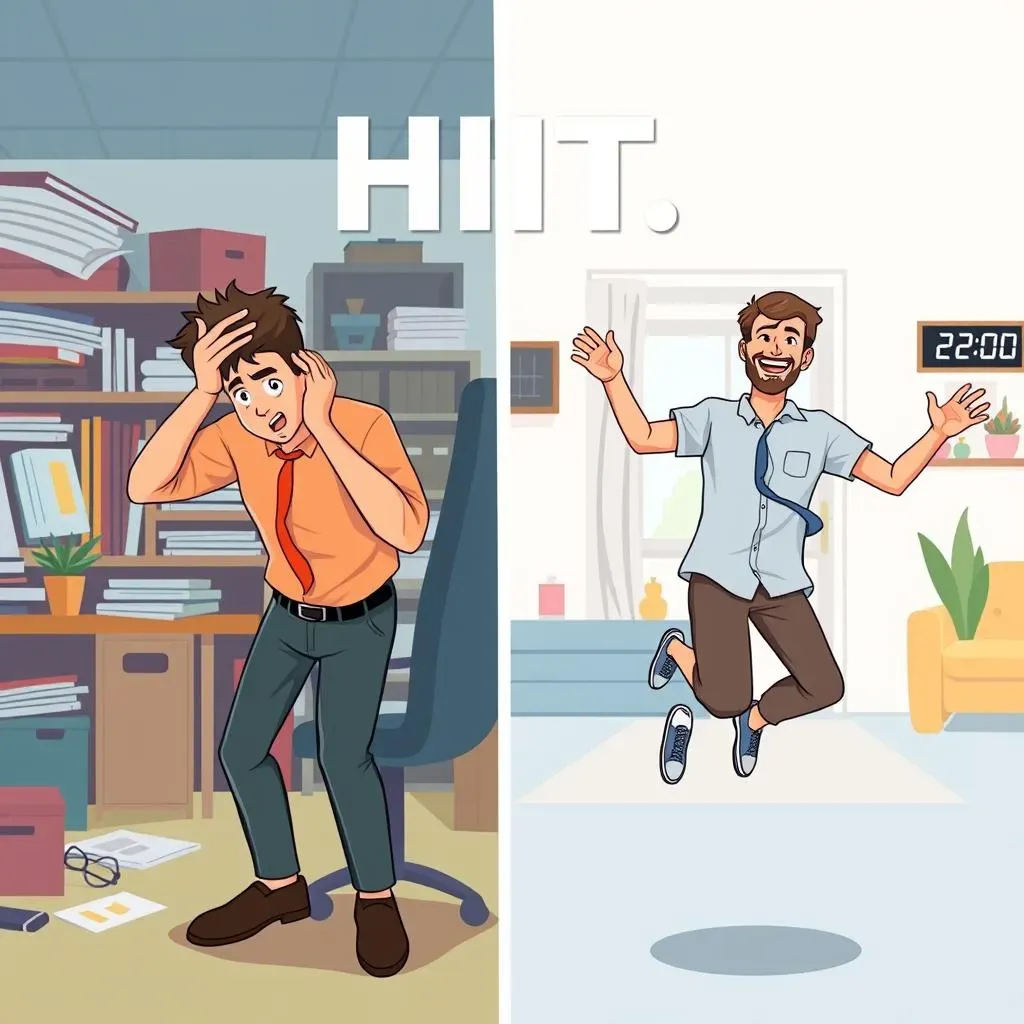
Why Bother with a Beginner at Home HIIT Workout Anyway?
Look, spending an hour slogging on a treadmill or navigating a crowded gym isn't everyone's idea of a good time, or even feasible with a packed schedule. This is precisely why a beginner at home HIIT workout isn't just some fitness fad; it's a legitimate strategy for getting fit efficiently. You don't need a squat rack or fancy machines. You just need a small patch of floor and about 20-30 minutes. The science backs it up: those short, intense bursts followed by brief rests can improve cardiovascular health, boost metabolism, and build muscle faster than steady-state cardio. It's about maximizing your effort in minimal time, making it a brutally effective option for anyone short on time, space, or patience for the gym scene.
What You Actually Need for a Beginner at Home HIIT Workout (Spoiler: Not Much)
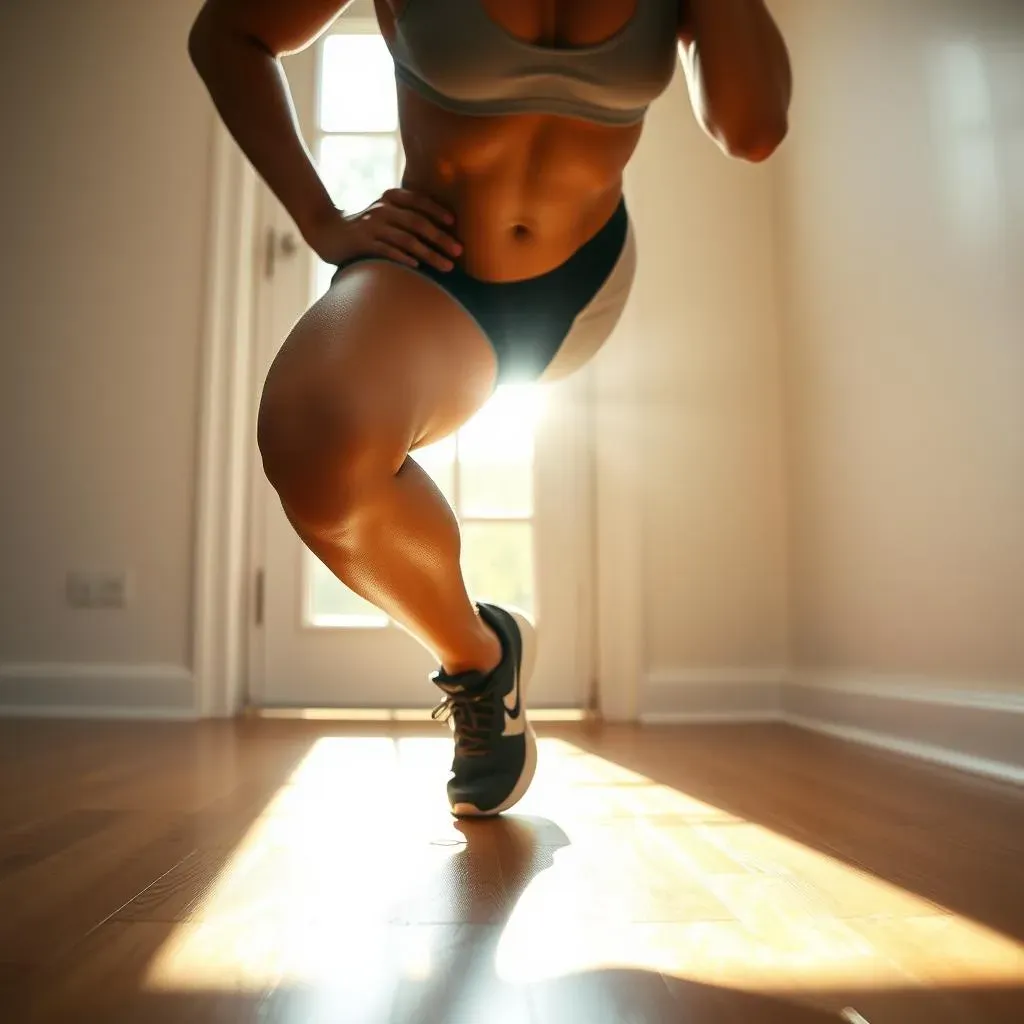
What You Actually Need for a Beginner at Home HIIT Workout (Spoiler: Not Much)
let's talk gear. People often think they need a home gym setup that rivals a commercial spot just to get a decent workout. That's nonsense, especially for a beginner at home HIIT workout. The beauty of this style of training, particularly when you're just starting out and doing it at home, is that your own body is the primary piece of equipment. You don't need dumbbells, resistance bands, or a fancy step platform to get your heart rate up and muscles working. Your living room floor is your gym. Your body weight provides all the resistance you need for foundational movements like squats, push-ups (even on your knees!), lunges, and planks. Seriously, save your money on the infomercial gadgets for now. A good pair of supportive shoes is probably the most crucial "equipment" you'll need to protect your joints, especially if you have hard floors.
Crafting Your First Beginner at Home HIIT Workout: Simple Steps
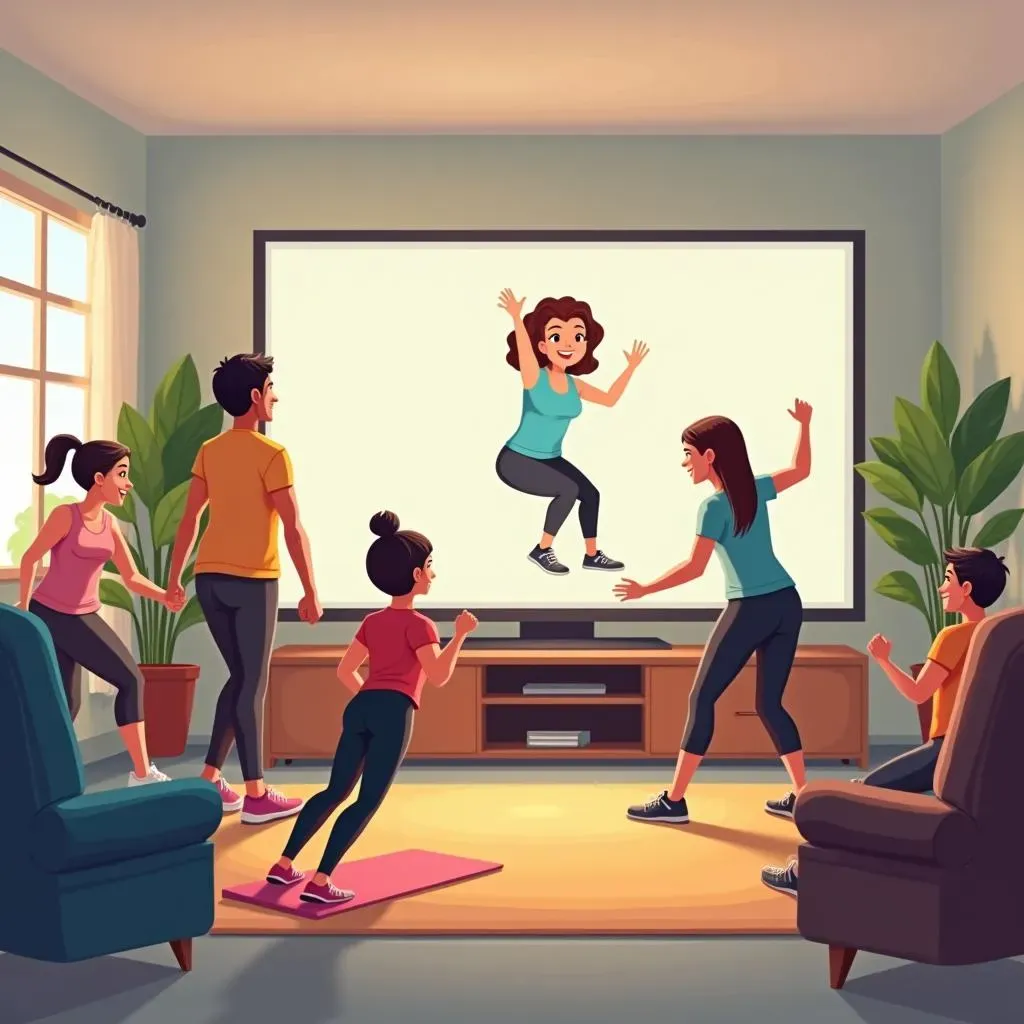
Crafting Your First Beginner at Home HIIT Workout: Simple Steps
Picking Your Moves (Keep it Simple, Seriously)
Alright, so you're ready to build this thing. Don't overcomplicate it. The best beginner at home HIIT workout uses basic, effective movements you can do anywhere. We're talking bodyweight stuff you learned in gym class but probably forgot about. Think squats, lunges, push-ups (on your knees is fine!), jumping jacks, mountain climbers, and planks. Pick about 4-6 exercises that work different parts of your body. You want exercises that get your heart rate up relatively quickly. Burpees are the classic HIIT move, but if you're just starting, maybe save those for later unless you enjoy feeling like you're being chased by something unpleasant. The goal is movement quality over quantity or complexity right now.
Setting Your Timers (This is Where the "Interval" Comes In)
The magic of HIIT is in the timing. For a beginner at home HIIT workout, a common starting point is a 1:2 work-to-rest ratio. That means for every second you work hard, you rest for two seconds. A simple setup is 30 seconds of work followed by 60 seconds of rest. Or maybe 20 seconds work, 40 seconds rest if 30 feels too long initially. The "high intensity" part means you should be working hard during those 20 or 30 seconds – breathing heavy, feeling the burn. The rest is crucial; it allows you to recover just enough to push hard again in the next interval. Do each of your chosen exercises for one work/rest interval, then cycle through them again. That's one round.
Here's a basic example:
- Jumping Jacks (30 seconds work / 60 seconds rest)
- Bodyweight Squats (30 seconds work / 60 seconds rest)
- Push-ups (on knees or toes) (30 seconds work / 60 seconds rest)
- Lunges (alternating legs) (30 seconds work / 60 seconds rest)
- Plank (hold for 30 seconds / 60 seconds rest)
Putting It All Together (Warm-up, Rounds, Cool-down)
A beginner at home HIIT workout isn't just the intense part. You need a warm-up to get your muscles ready and a cool-down to, well, cool down. Start with 5 minutes of light cardio like jogging in place or dynamic stretches (arm circles, leg swings). Then, go through your chosen exercises for 2-4 rounds. As you get fitter, you can add more rounds or shorten the rest periods. Finish with 5 minutes of static stretching, holding each stretch gently. Don't skip the warm-up and cool-down; they help prevent you from feeling like you've been hit by a small truck the next day and reduce injury risk. It's a simple structure, but sticking to it is key.
Beyond the First Sweat: Progressing Your Beginner at Home HIIT Workout
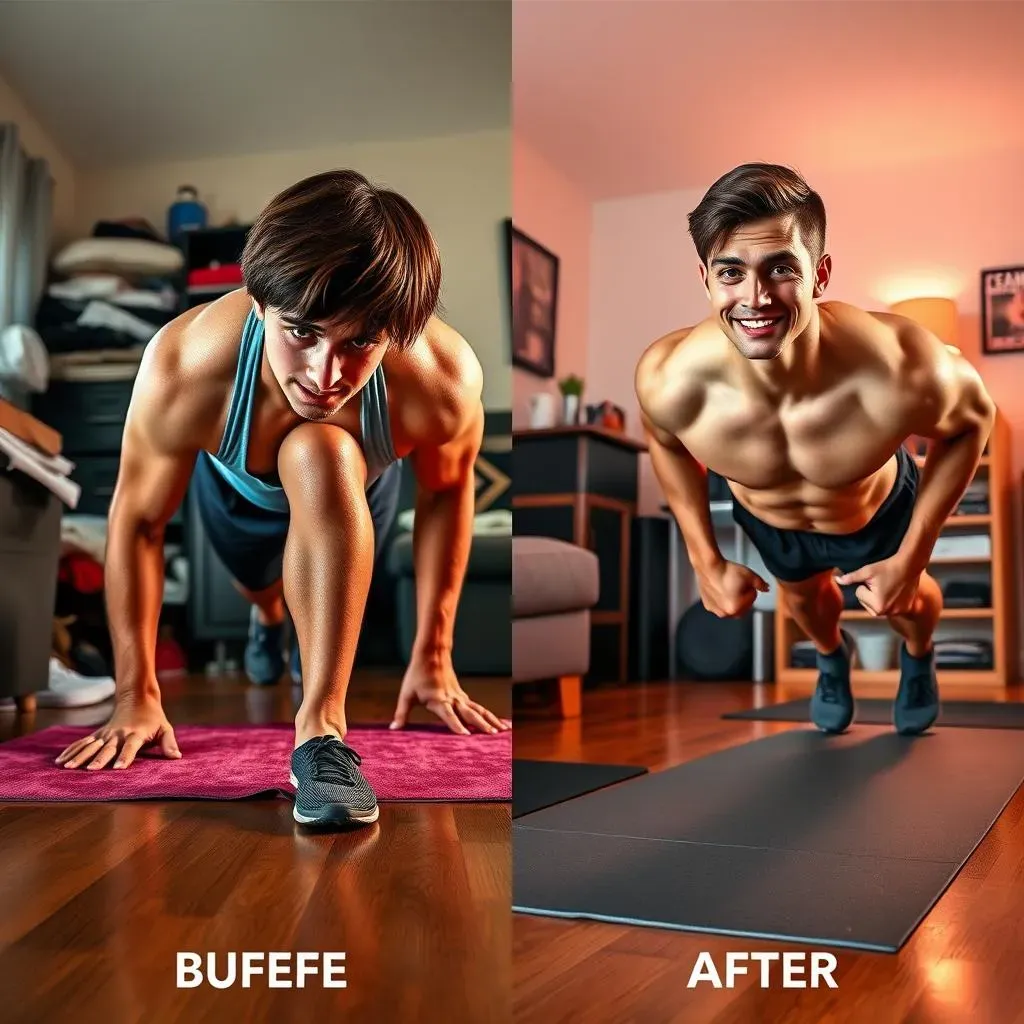
Beyond the First Sweat: Progressing Your Beginner at Home HIIT Workout
Making That Beginner Sweat a Little Harder
so you've done a few rounds of your beginner at home HIIT workout. You're not collapsing in a heap after the first interval anymore. Good. Now what? The point of HIIT, and really any training, is progressive overload – making it slightly harder over time so your body keeps adapting. For your home setup, this doesn't mean suddenly buying kettlebells (though you could later). It means tweaking what you're already doing. You can shorten your rest periods. Instead of 60 seconds off after 30 seconds on, maybe try 45 seconds rest. Or, keep the rest the same but work for longer – 35 or even 40 seconds if you can maintain intensity. Another way is to do more rounds. If you started with three rounds, try four next time. Or, pick slightly more challenging variations of the exercises, like moving from knee push-ups to full push-ups, or adding a little jump to your squats (squat jumps, anyone?). Don't change everything at once; pick one thing to increase each week or two.
- Shorten rest periods (e.g., 60s rest -> 45s rest)
- Increase work interval duration (e.g., 30s work -> 35s work)
- Add more rounds to the workout
- Use slightly harder exercise variations (e.g., knee push-ups -> full push-ups)
- Increase the number of exercises in your rotation
Consistency Trumps Everything (Even Perfect Form... At First)
Look, the best beginner at home HIIT workout isn't the most complicated one; it's the one you actually do. Twice a week is a solid starting point. Three times is great if your body feels up to it and you're recovering properly. Don't aim for seven days a week right out of the gate unless you enjoy being constantly sore and probably injured. Listen to your body. If something feels sharp or wrong, back off. There's a difference between working hard and hurting yourself. Mix up your exercises occasionally to keep things interesting and hit different muscles. Doing the same five exercises every single time will get boring faster than watching paint dry, and your body will adapt too much. Find a few different simple routines you like and rotate through them. The goal here is building a sustainable habit, not burning out in two weeks.
The Final Sweat Drop: Making At Home HIIT Stick
So there you have it. A beginner at home HIIT workout isn't some mythical beast requiring a gym membership or complicated gadgets. It's about using your body weight and limited time intelligently. You've seen you don't need much space or equipment. Starting small with basic movements and short intervals is the path forward. Consistency beats intensity when you're just beginning. Don't expect miracles overnight, but expect to feel a difference if you actually do it. This isn't the only way to move, but it's a pretty efficient one when life gets in the way of everything else.
